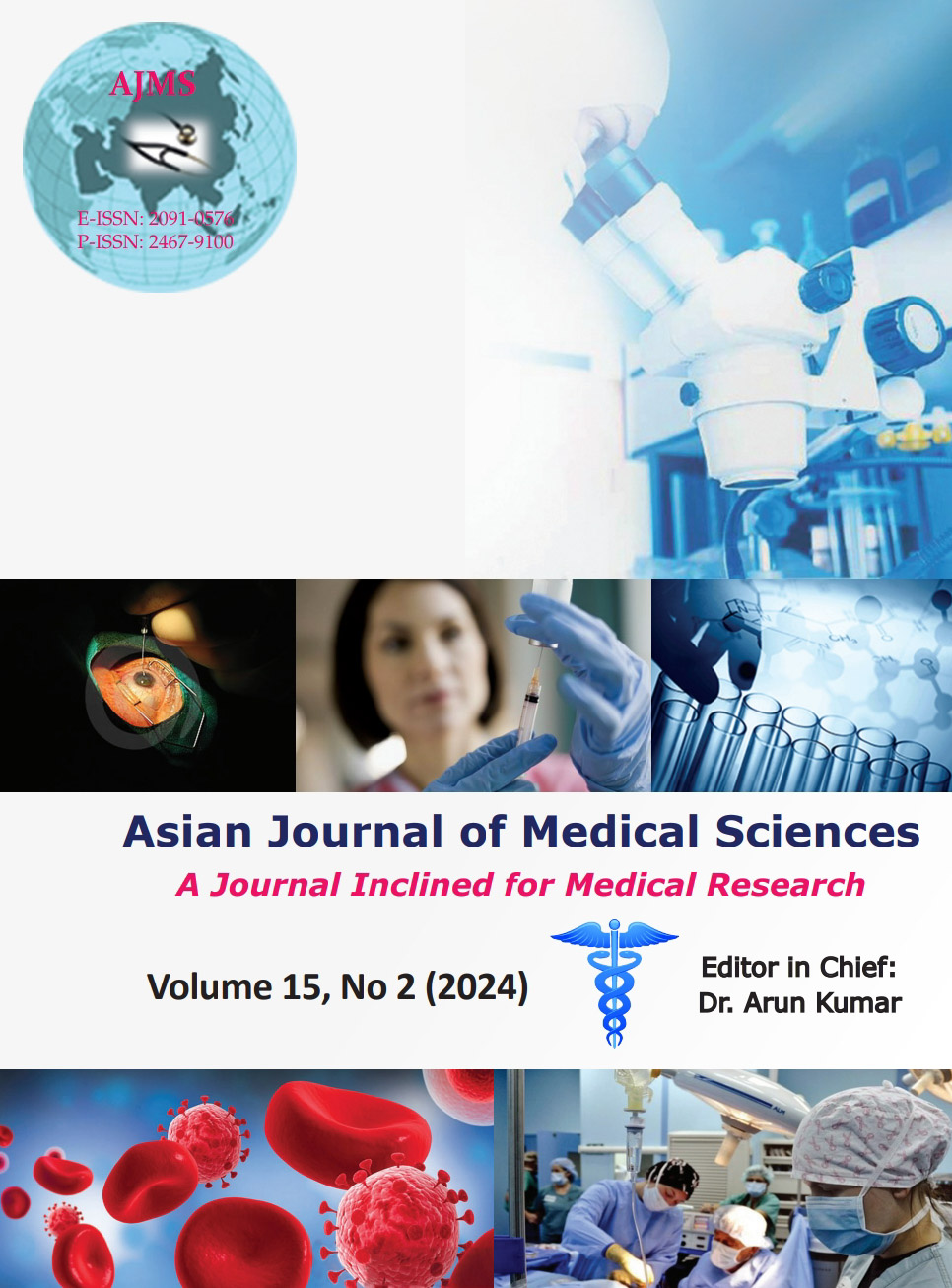The Comparison of outcomes between USG guided ESWL Vs Fluoroscopy guided ESWL – Our institutional Experience
Keywords:
Renal stone; Extracorporeal shock wave lithotripsy; Ultrasound; Fluoroscopy; Radiation; Stone-free rateAbstract
Background: Extracorporeal shockwave lithotripsy (ESWL) is a commonly used non-invasive treatment modality for urolithiasis. While fluoroscopy (FS)-guided ESWL has been the traditional approach, the use of ultrasound (USG) guidance has gained traction due to its potential benefits in terms of reduced radiation exposure and improved stone targeting.
Aims and Objectives: The aims and objectives are to study the safety and efficacy of extracorporeal shock wave lithotripsy in the management of renal stones, outcomes of overall stone-free rate (SFR), pain intensity, urinary biochemical variables, mean hospital stay, quality of life, and adverse events.
Materials and Methods: Patient data from the period of May 2022 to April 2023 were reviewed, including 20 patients who underwent USG-guided ESWL and 20 patients who underwent FS-guided ESWL.
Results: Our analysis revealed that the USG-guided ESWL group demonstrated comparable stone fragmentation rates and SFR (P-value) when compared to the FS-guided group. Moreover, radiation exposure was significantly reduced in the USG-guided ESWL group, with a mean total FS time of [55] s compared to [3005] s in the FS-guided group. No significant differences were observed in terms of complications between the two groups.
Conclusion: This study highlights the successful implementation of USG-guided ESWL in our institution’s experience, showing comparable outcomes in terms of stone fragmentation rates and SFR, while significantly reducing radiation exposure, also can be considered an effective and safe alternative for the treatment of urolithiasis.
Downloads
Downloads
Published
How to Cite
Issue
Section
License
Copyright (c) 2024 Asian Journal of Medical Sciences

This work is licensed under a Creative Commons Attribution-NonCommercial 4.0 International License.
Authors who publish with this journal agree to the following terms:
- The journal holds copyright and publishes the work under a Creative Commons CC-BY-NC license that permits use, distribution and reprduction in any medium, provided the original work is properly cited and is not used for commercial purposes. The journal should be recognised as the original publisher of this work.
- Authors are able to enter into separate, additional contractual arrangements for the non-exclusive distribution of the journal's published version of the work (e.g., post it to an institutional repository or publish it in a book), with an acknowledgement of its initial publication in this journal.
- Authors are permitted and encouraged to post their work online (e.g., in institutional repositories or on their website) prior to and during the submission process, as it can lead to productive exchanges, as well as earlier and greater citation of published work (See The Effect of Open Access).




